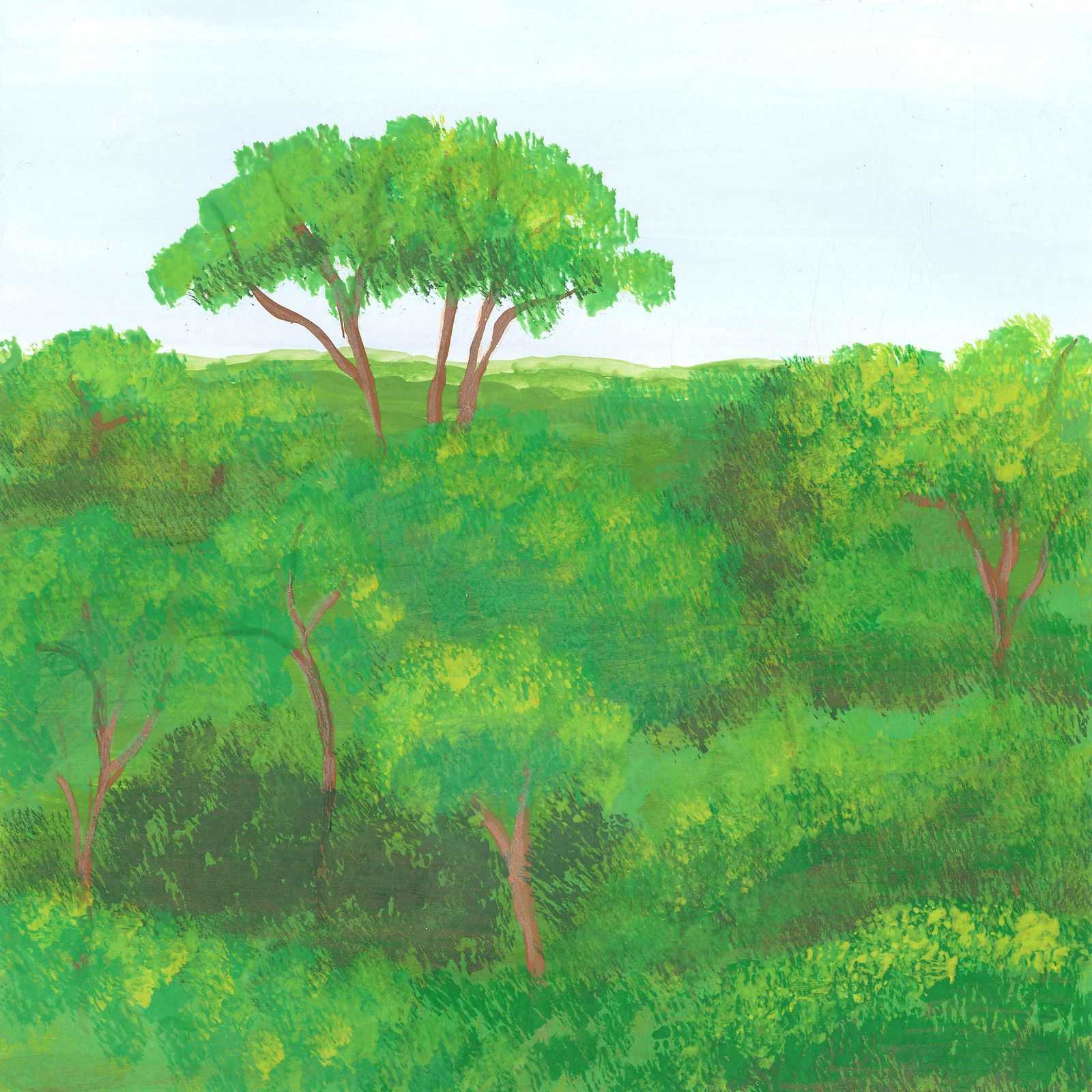
Great hornbill sounds
Great hornbills
Wonderful soundscape featuring a pair of great hornbills. You can hear the loud, deep wingbeats at 3:57 and again at 4:52, followed by the immensely powerful call at 5:00. Frogs and insects call from the swampy undergrowth in the foreground.
Hornbills are a family of tropical and subtropical birds which range in size from a weight of 3.5 oz (99.1 g) up to 8.3 lb (3.8 kg). Though similar in appearance to the neotropical toucan, the two species are not related, instead exemplifying convergent evolution: the independent development of similar features to exploit the same ecological niche. Read on to learn more:
What sound do great hornbills make?
Great hornbills vocalize loudly during the January-April breeding season. Males repeatedly give growling “kok” calls; when females join in, this leads to a duet consisting of “a rapid mixture of roars and barks”.
How loud are hornbills?
The volume of the 60 or so species of hornbills is highly varied: the booming bass vocalization of the largest species, the southern ground hornbill, is audible 2.5 miles (4 km) away, and is sometimes mistaken for a lion’s roar. The Sulawesian red-knobbed hornbill makes a dog-like barking audible 900 feet (274 m) away. Other species hoot, ‘laugh’, and cluck.
As well as the high volume of their calls, the pounding of their heavy wingbeats is also a distinctive sound in their south and southeast Asian habitats; this is caused by air being compressed in the gaps between their wing feathers during flight.
What is the function of the hornbill’s ‘horn’?
Some hornbill species feature a casque (the French for ‘helmet’). Despite the birds’ genus, Buceros, deriving from the Latin for “horned like an ox”, this is more accurately a bony anatomical structure which grows on the head or upper mandible (the upper section of the beak). Along with the considerable size of hornbill’s beaks, the casque contributes to their need for powerful neck muscles, with extra support provided by the first and second vertebrae of the neck being fused together.
In most hornbill species the casque is hollow, meaning that it functions as a resonator for the birds’ calls. In other cases, it is filled with ‘hornbill ivory’ (ie, solid keratin, the substance which makes up “hair, nails, horn, hoofs, wool, [and] feathers”). Certain hornbill species (including the great hornbill) take part in bouts of dramatic “aerial jousting” during which they butt their casques together, behavior which may relate to competition over food resources. The casque may also play a part in sexual selection.
Hornbills are under threat from poaching (partly in order to supply demand for their ‘ivory’), habitat destruction, and invasive species.
Other hornbill and tropical bird sound recordings that you may like
Earth.fm is a completely free streaming service of 1000+ nature sounds from around the world, offering natural soundscapes and guided meditations for people who wish to listen to nature, relax, and become more connected. Launched in 2022, Earth.fm is a non-profit and a 1% for the Planet Environmental Partner.
Check out our recordings of nature ambience from sound recordists and artists spanning the globe, our thematic playlists of immersive soundscapes and our Wind Is the Original Radio podcast.
You can join the Earth.fm family by signing up for our newsletter of weekly inspiration for your precious ears, or become a member to enjoy the extra Earth.fm features and goodies and support us on our mission.
Subscription fees contribute to growing our library of authentic nature sounds, research into topics like noise pollution and the connection between nature and mental wellbeing, as well as funding grants that support emerging nature sound recordists from underprivileged communities.
